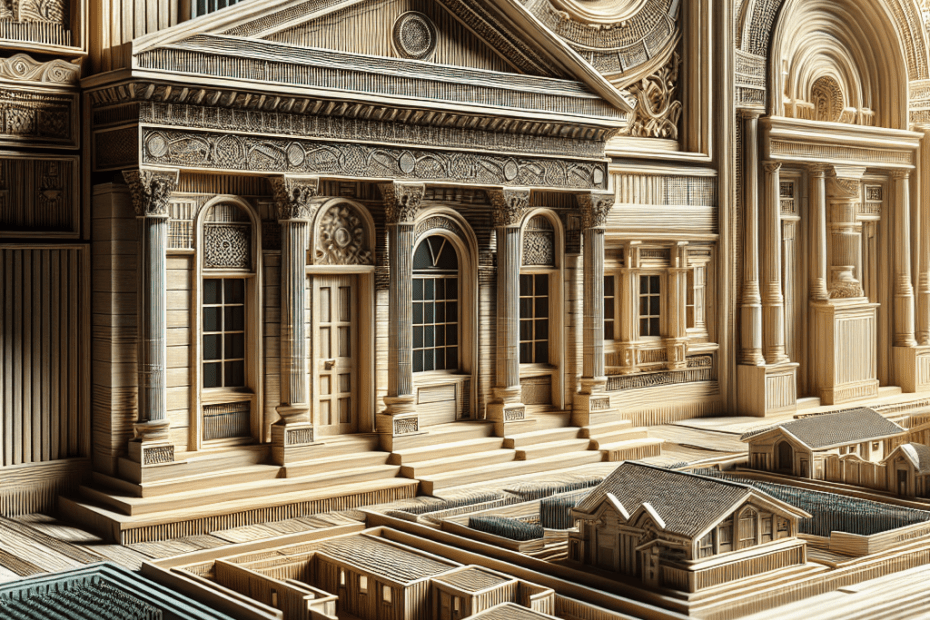“`html
The Role of Architectural Details in Traditional Design
In the world of traditional design, architectural details play an important role. They provide more than just beauty. They give buildings a sense of history and purpose. Traditional architecture has some timeless features that many architects and designers agree are crucial for creating spaces that feel both welcoming and elegant.
What Are Architectural Details?
Architectural details are the small features that make a building stand out. These can include decorative moldings, intricate cornices, detailed columns, and handcrafted railings, among others. These elements can transform a plain space into one with character and style. They often use designs from the past, making them a crucial part of traditional design.
The Importance of Details in Traditional Design
Architectural details in traditional design are not just about looks, though that’s a big part. They also serve functional purposes. For instance, features like deep window sills or thick walls can help with insulation, impacting the overall energy efficiency of a building. According to a study by the U.S. Energy Information Administration, buildings with traditional architectural details can be 10% more energy efficient than those without (U.S. EIA, 2021).
Types of Architectural Details
| Detail Type | Description |
|---|---|
| Molding | Decorative strips used along edges or surfaces. |
| Cornice | Ornamental molding along the top of a wall. |
| Column | Vertical pillars that support and decorate structures. |
| Frieze | Horizontal band of sculpted or painted decoration. |
| Pediment | Triangular upper part of the front of a building. |
Historical Influence on Design
Traditional design draws heavily from historical influences, and architectural details are key to honoring these influences. Styles like Gothic, Baroque, and Victorian have their unique set of details that define them. Even modern traditional architects pull inspiration from these styles to create buildings that feel time-tested, despite being new.
Restoration and Preservation
Preserving historical buildings often involves restoring their architectural details. This preservation can maintain cultural heritage and ensure that future generations can appreciate traditional design. According to a report by the National Trust for Historic Preservation, restored buildings can increase property value by up to 20% because of their historical significance and architectural beauty (National Trust, 2023).
Modern Applications of Traditional Architectural Details
They do not only belong in older buildings. Modern designers often incorporate traditional architectural details into new constructions as a nod to the past. This fusion results in unique and timeless spaces that resonate with both contemporary and classic aesthetics.
Conclusion
Architectural details in traditional design are more than mere decoration; they embody cultural history and tradition while providing practical benefits. They connect the past with the present, offering timeless beauty and design elegance.
Key Takeaways
- Architectural details add character and functional benefits.
- They include features like moldings, cornices, columns, and more.
- Historical styles continue to influence modern traditional design.
- Restoration can increase property value.
FAQ
- What are architectural details?
They are features like moldings, cornices, and columns that add detail to a building.
- Why are they important in traditional design?
They contribute to the style and function of buildings, often improving energy efficiency and adding character.
- How do they impact energy efficiency?
Details like thick walls or deep windows provide insulation, making buildings up to 10% more energy efficient.
- Can new buildings include these details?
Yes, modern buildings often blend traditional architectural details to create timeless designs.
- What are the benefits of preserving historical details?
Preservation can increase property value and maintain cultural heritage.
“`
**Sources:**
– U.S. Energy Information Administration, 2021
– National Trust for Historic Preservation, 2023
